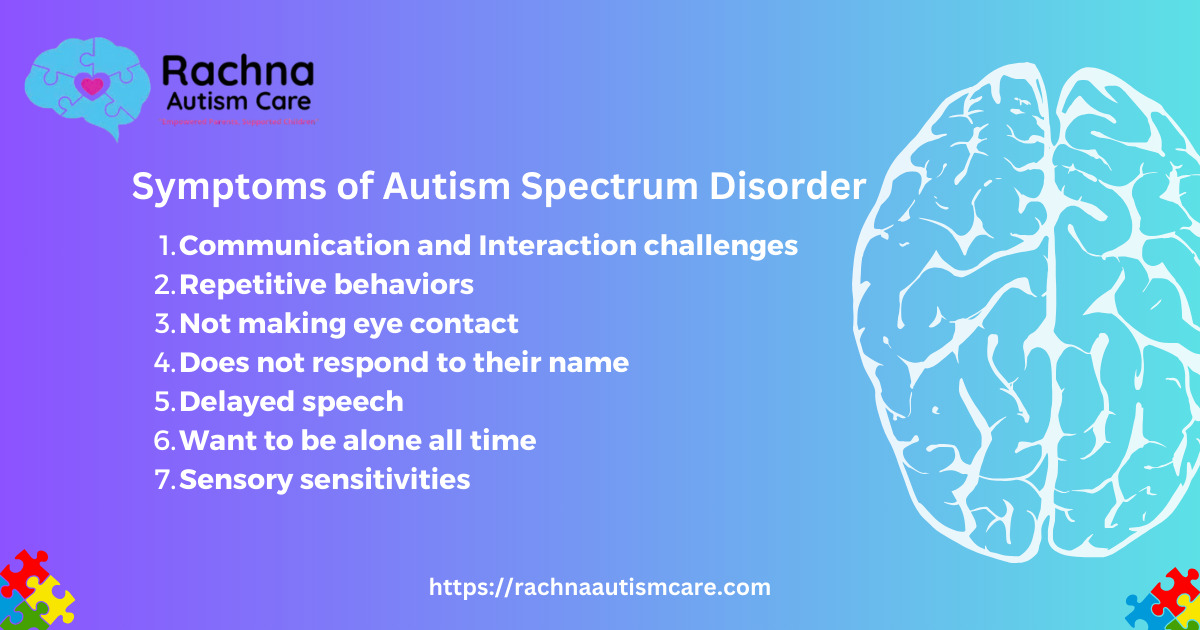Chewing Behaviors in Autistic Children: A Parent's Guide

Strong 8k brings an ultra-HD IPTV experience to your living room and your pocket.
Chewing Behaviors in Autistic Children: A Parent's Guide
Parents of children with Autism Spectrum Disorder (ASD) often face unique challenges, one of which is managing chewing behaviors. These behaviors, from chewing on clothing to gnawing on toys or other non-food items, can initially seem perplexing. Understanding the underlying reasons and strategies to support your child can turn this challenge into an opportunity for connection and growth.
Understanding Chewing Behaviors in Autistic Children
Chewing behaviors in autistic children are often related to differences in sensory processing. Many children with Autism Spectrum Disorder have a different way of experiencing sensory input, and chewing provides an outlet for self-regulation and fulfillment of sensory needs. In some cases, chewing helps them feel comforted or calm their overwhelming emotions.
It is important to recognize that these behaviors are not "bad" but are rather an adaptive response to their environment or internal states. Exploring the causes and providing appropriate outlets can help support your child's sensory needs while ensuring their safety and well-being.
Common Causes of Chewing Behaviors
Sensory Seeking: Often, children with ASD are motivated to seek sensory input in an attempt to regulate themselves. Chewing is a good proprioceptive activity that provides an individual with a sense of where their body is in space, therefore promoting a sense of calm.
Anxiety or Stress: Chewing can be an attempt to reduce stress or anxiety. For some children, it can be soothing during times of uncertainty or overstimulation.
Oral Motor Development: For younger children, chewing might be associated with delayed oral motor development or teething-like discomfort.
Focus and Attention: Chewing can help some children focus or concentrate, especially in settings that require sustained attention, such as school.
Understanding these potential causes is key to addressing the behavior constructively.
Practical Strategies for Managing Chewing Behaviors
Here's how you can guide your autistic child in managing their chewing behaviors:
1. Provide Safe Alternatives
Provide for specific chewable aids or playthings made only for autism spectrum children. Most are child-safe, highly durable things that they might like and use to their chow-chewing benefit and safely have their teeth cared for. It can be quite diverse ranging from the likes of Chewelry
- Silicone Chew Sticks
- Textured sensory chew
2. Understand triggers based on observation
Keep a journal of when and where your child engages in chewing behaviors. Do they chew more in noisy environments, during transitions, or when tired? The identification of patterns can give you insight into their needs and when they may be seeking sensory input.
3. Teach Replacement Behaviors
Once you have identified these triggers, you can present them with replacement behaviors. So, if chewing is connected with stress, teaching relaxing activities such as deep breathing or squeezing a stress ball will do the trick.
4. Sensory-Friendly Space
For children who are diagnosed with ASD, overly stimulating sensory environments can stimulate a higher chance of chewing behavior. Diminishing sensory input, like by giving noise-canceling headphones or a quiet space to sit, can help calm it down.
5. Seek Professional Help
You should consult with occupational therapists or other professionals working with sensory integration. They will assess your child's sensory profile and suggest personalized interventions to work with chewing behaviors.
Understand and Intervene
While it is normal for parents to want these behaviors to decrease or vanish, this should be a sensitive approach. Chewing behaviors serve a purpose for autistic children often in comfort or aiding the child in self-regulation; therefore, a balance is necessary between understanding and intervention to see that the needs of your child are met without making them feel shameful.
For instance, if your child often chews on his shirt collar, you may divert him to a safer alternative and validate his emotions: "I see you like chewing on your shirt. Here's your chew necklace instead. It's safe and helps keep your shirt clean."
Creating a Supportive Routine
Consistency is key for children with Autism Spectrum Disorder. Create a routine that includes sensory breaks so your child has regular opportunities to self-regulate. For example:
Morning Routine: Incorporate sensory activities such as chewing on a preferred toy or engaging in physical movement.
School Time: Pack a sensory kit with chewable tools and other calming aids.
Evening Routine: Include calming activities such as a weighted blanket or a chew toy during downtime.
When to Get Help Outside of the Home
When chewing behaviors are significantly disrupting daily life or become safety issues, it may be time to go to a healthcare provider. Speech therapists, occupational therapists, and behavioral specialists can help immensely and create a personalized plan for your child.
Encouraging Acceptance
Lastly, remind yourself that every child, autistic or not, has behaviors that help them cope with their world. Chewing behaviors in autistic children are just one part of their unique way of interacting with their surroundings. By supporting their sensory needs with compassion and understanding, you’re fostering an environment where they can thrive.
Conclusion
These chewing behaviors in children with Autism Spectrum Disorder can be baffling at first, but they are an important form of communication and self-regulation. Parents can work to help their children manage these behaviors by identifying causes, providing safe alternatives, and working with professionals. Most importantly, embracing this journey with patience and empathy can strengthen the bond between you and your child, paving the way for their growth and well-being.
Note: IndiBlogHub features both user-submitted and editorial content. We do not verify third-party contributions. Read our Disclaimer and Privacy Policyfor details.



